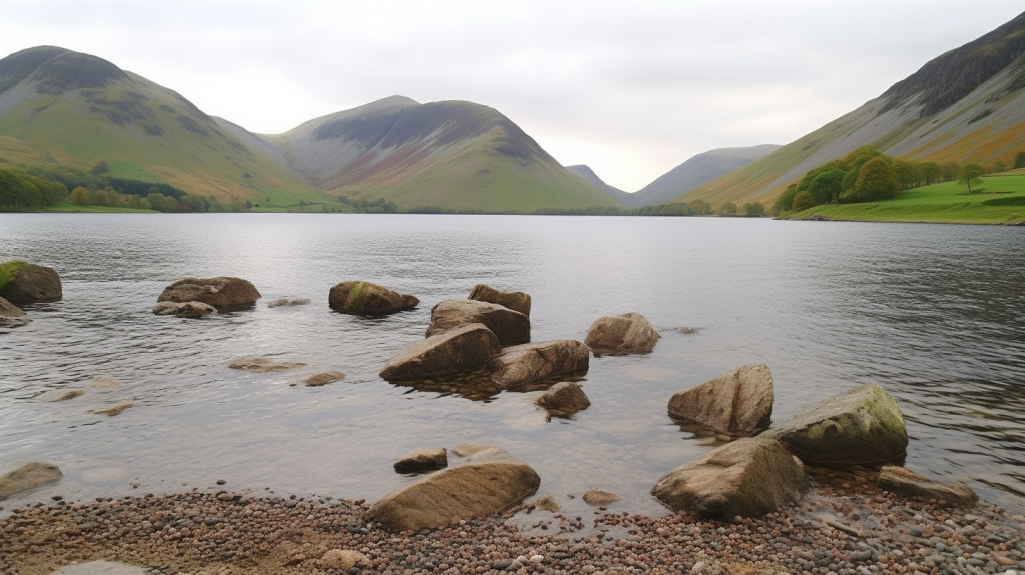In a groundbreaking initiative, researchers are enlisting the help of citizen scientists to gather DNA samples from hundreds of lakes across the globe. This ambitious endeavor not only aims to amass the largest collection of environmental DNA (eDNA) ever recorded from aquatic environments in a single day but also holds the potential to offer invaluable insights into global biodiversity and the migratory patterns of various species.
Harnessing the Power of Environmental DNA
Environmental DNA (eDNA), which organisms naturally shed, has emerged as a powerful tool for assessing species presence in different ecosystems. Its versatility is evident as scientists have successfully extracted eDNA from water, soil, ice cores, and air-monitoring station filters. Remarkably, eDNA has even aided in the rediscovery of species presumed extinct for decades, underscoring its significance in conservation efforts.
Leading this monumental lake project is Kristy Deiner, an environmental scientist at the Swiss Federal Institute of Technology (ETH) in Zurich. Deiner hails eDNA as a “paradigm shift” in biodiversity monitoring. With over 500 applications pouring in from 101 countries, volunteers are eager to contribute by collecting eDNA samples from their local lakes, which will be shipped to ETH Zurich for analysis.
A Global Initiative for Biodiversity
The project’s coordinator, Cátia Lúcio Pereira, emphasizes that involving citizens not only broadens the geographical scope of sampling but also fosters public awareness of biodiversity issues on a global scale. Philip Francis Thomsen, an environmental scientist at Aarhus University and a volunteer for the project, echoes this sentiment, highlighting the necessity of such large-scale efforts within the eDNA community.
Addressing Challenges and Maximizing Impact
While eDNA offers unprecedented opportunities for biodiversity monitoring, challenges remain. Factors such as DNA degradation and species misidentification pose hurdles, but Deiner’s team is committed to refining sampling techniques and data analysis methods. Moreover, the project aims to explore the movement of eDNA across ecosystems, shedding light on the interconnectedness of terrestrial and aquatic habitats.
Local Sampling, Global Impact
Recruiting volunteers through social media, networking, and citizen science groups, Deiner’s team ensures a diverse pool of participants. Volunteers will receive sampling kits and instructions to collect water samples from designated lakes on May 22, coinciding with the International Day for Biological Diversity. Despite the logistical complexities, standardized protocols and comprehensive training mitigate potential data quality issues.
Unlocking Collaborative Potential
Participating in the project offers local partners the opportunity to utilize collected data for their own research while contributing to LeDNA publications. Rachel Meyer, director of the California eDNA program, applauds this participatory approach, emphasizing the collaborative spirit driving the initiative forward.
In conclusion, the LeDNA project symbolizes a collective effort to harness citizen science and cutting-edge technology in the quest to understand and conserve our planet’s rich biodiversity.

